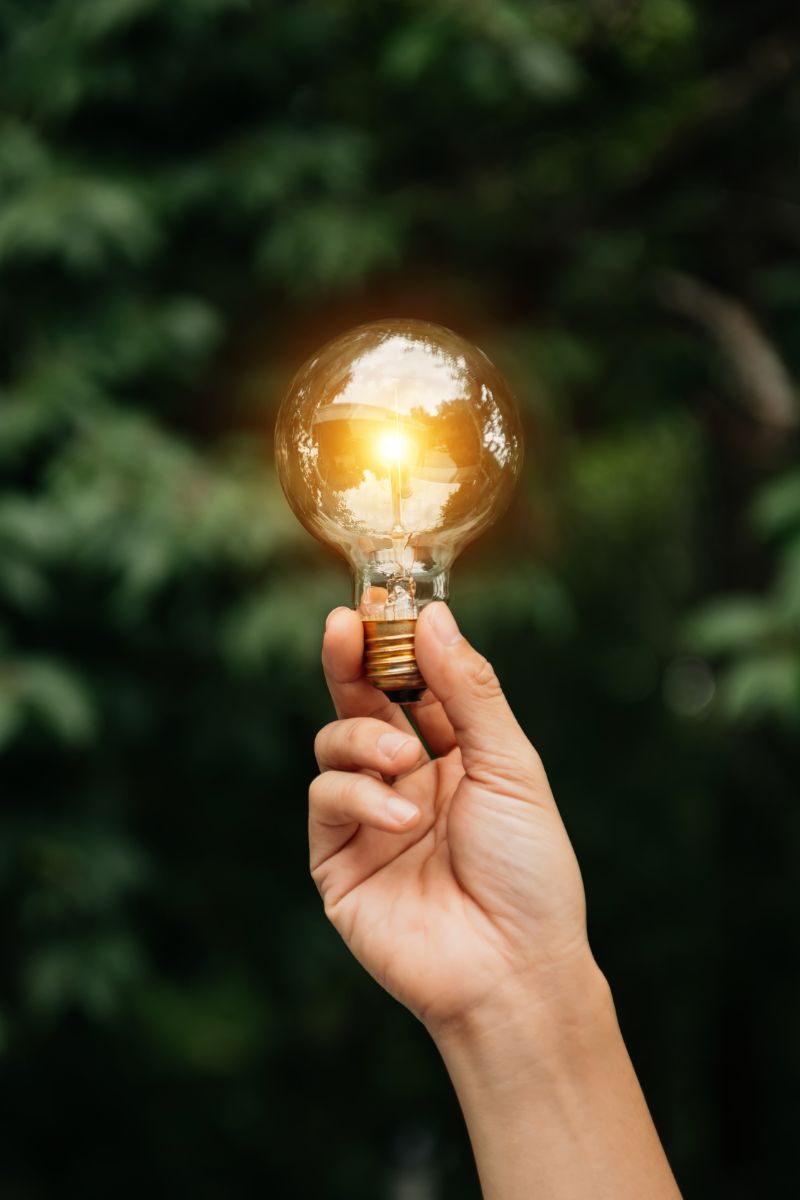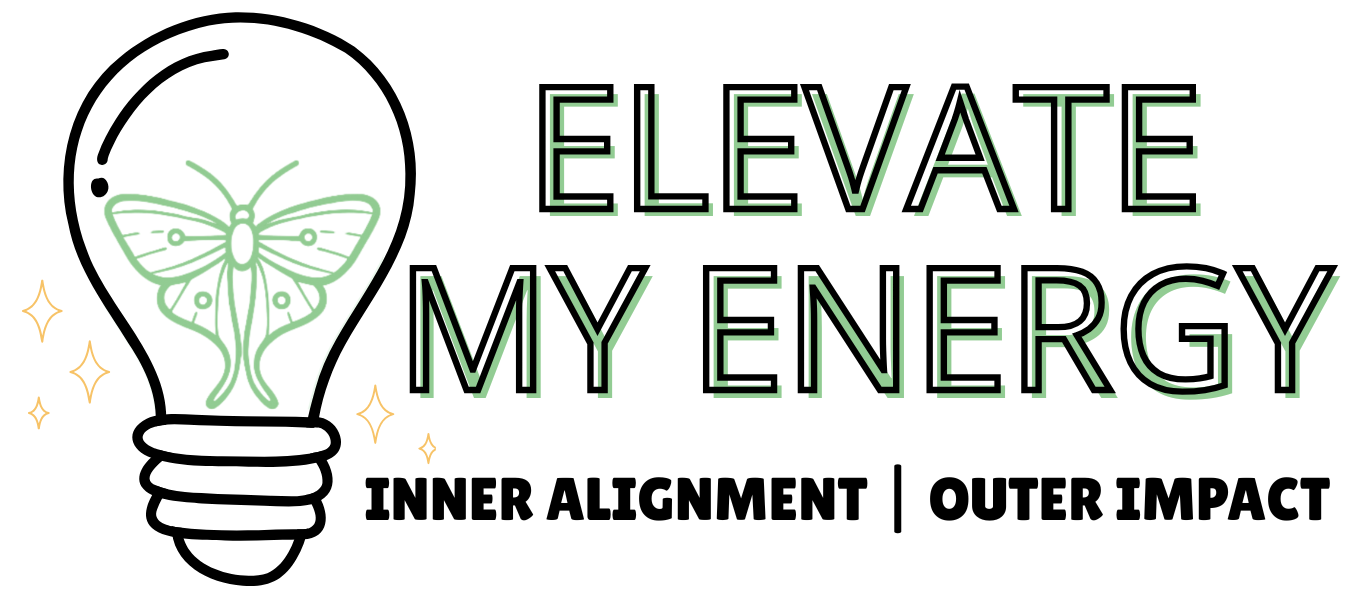

When we hear the word energy, a lot of us think of coffee 🙋🏻♀️ or electricity ⚡️ but energy is everywhere. It’s not a spiritual buzzword or a vague feeling—it’s a real, tangible part of how our entire universe functions.
One of my goals as an Energetic Awareness Practitioner has been building a shared language around energetic awareness in the body and reminding people we already live in an energetic world. Even if terms like “energy work” or “somatic coaching” are new to you, you’ve absolutely experienced energy in its many forms.
The Many Forms of Energy You Already Know
There are two broad categories of energy:
KINETIC= the energy of motion
POTENTIAL= stored energy waiting to be used
But within and beyond those are everyday forms of energy that you interact with all the time—often without realizing it:
Thermal Energy (Heat): Produced when particles move faster and raise temperature. That burn you get from a hot pan? That’s thermal energy transferring into your skin.
Radiant Energy (Electromagnetic Waves): Sunshine, X-rays, radiant heating—all forms of radiant energy. It travels through waves and carries both light and heat.
Light Energy: A visible form of radiant energy, carried by photons. It allows us to see, supports photosynthesis, and comes from sources like fire, light bulbs, or the sun.
Chemical Energy: Potential energy stored in molecular bonds. It’s what your body uses after eating, what’s released when wood burns, and what fuels batteries, coal, and even photosynthesis.
Nuclear Energy: Stored in the nucleus of atoms, released through fission (splitting) or fusion (joining). It powers cities—and carries immense responsibility.
Electrical Energy: Created by the movement of electrons. It powers your home, your devices, and even shows up naturally in lightning or electric eels.
Gravitational Energy: Energy stored due to position. Think of a rollercoaster at the peak of the track—loaded with potential energy, ready to convert to kinetic.
Mechanical Energy: The total energy of motion and position. A moving car, a lifted dumbbell, or a compressed spring are all examples of mechanical energy in action.

Why This Matters for the Way We Talk About the Body
The truth is, energy isn’t foreign or “woo”—it’s physics.
You don’t have to understand how a microwave works to use one. And you don’t have to master quantum mechanics to begin noticing how energy moves through your own body.
Your body stores energy.
Your emotions generate energy.
Your presence, your thoughts, your movements—they’re all part of your energetic signature.
Understanding this foundation is the beginning to understanding your own personal energy range and can lead to living a more energetically aligned and attuned life.
Everything = Energy
You may have heard the phrase: “All matter is energy.”
It’s a simplified interpretation of Einstein’s famous equation, E = mc², which shows that mass and energy are essentially the same thing—just in different forms.
So what does that mean for you?
It means your body—the cells, tissues, organs, bones—isn’t just a physical structure.
It’s energy, condensed and moving at frequencies we often overlook.
Your emotions? Energy.
Your breath? Energy.
Even your thoughts create measurable energetic shifts in the brain.
Science Has Been Pointing Here All Along
As Nobel Prize winner Dr. Albert Szent-Györgyi once said:
“In every culture and in every medical tradition before ours, healing was accomplished by moving energy. It is only in Western medicine that we treat the human body as if it were inert matter.”
(Dr. Szent-Györgyi was a Hungarian physiologist who won the Nobel Prize in 1937 for discovering vitamin C. A pioneer in biochemistry, his later work focused on the role of energy in living systems. He believed that reducing the human body to chemical reactions alone missed the deeper truth: that we are fundamentally energetic beings.)
When we ignore energy, we flatten the human experience into symptoms and surface-level solutions. But when we honor the energetic nature of the body, we begin to see how healing, emotion, and expression are part of a much deeper system.
One glimpse into that system comes from Kirlian photography—a technique that captures the electrical field around living objects. A leaf, a coin, your fingertip—all of them emit a corona of light, a visible signature of the energy within.
While scientists still debate exactly what’s being captured, many believe it reflects the interaction between biological energy and electromagnetic fields. Whether or not we call it an “aura,” the underlying truth remains:
There’s more to us than what the naked eye can see.
And that “more” might just be the language of energy.
You’ve felt it before—
When someone walks in with heavy energy before they even speak.
When a hug calms you before your brain can process why.
When a room feels “off,” or a person feels “safe,” instantly.
That’s energetic communication.
You’ve been fluent in it your whole life—even if no one ever gave you the words.
The Next Frontier
As Dr. William Tiller, PhD, once said:
“Future medicine will be based on controlling energy in the body.”
(Dr. Tiller was a Stanford University professor of materials science and engineering and a respected physicist with over 250 published scientific papers. After decades in conventional science, he turned his focus to subtle energy, human consciousness, and intention—studying how these forces could influence physical matter.)
His research suggested that energy isn’t just a background force—it’s interactive, responsive to intention, and fundamental to how our bodies function.
For many, that quote feels radical. But when viewed through the lens of physics, physiology, and personal experience—it’s simply the next step in understanding what it means to be human.
Maybe energy isn’t something we need to learn. Maybe it’s something we need to remember.

